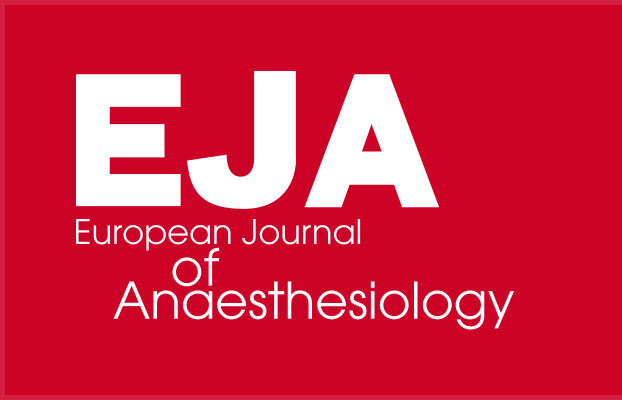Congress Newsletter 2025
Hot Topic in Airway Management
Managing the Bloody Airway
Difficult airway management is a vital aspect of any anaesthesiologist’s skill set. These skills can mean the difference between life and death for the patient. However, a bloody airway can make even standard difficult airway management complex. Failure to manage bleeding in the airway is a key cause of airway-related deaths. Techniques like video laryngoscopy and flexible optical (fibreoptic) laryngoscopy can have unpredictable results when visibility is impaired by blood. Dr. Michael Seltz Kristensen, from Copenhagen, Denmark, is a leading expert in airway management, and has made significant contributions to the management of the bleeding or “bloody” airway. In this session, he will outline some of the key recommendations in this field.

In this lecture, Dr. Kristensen will address the many challenges of managing airways compromised by bleeding. He will discuss different approaches to manage bleeding and clotting and will propose alternative strategies that can be employed when severe bleeding in the upper airway may render traditional airway management impossible. He emphasises that if bleeding is profuse and conventional intubation and airway rescue techniques are predicted to be difficult, clinicians may be forced to use unfamiliar techniques and modify their regular approach to airway management. Blood loss may further complicate airway management and anaesthesia due to cardiovascular compromise. In these situations, adequate planning and preparation are essential.
In his publication, “Managing and securing the bleeding upper airway: a narrative review”, he and his co-author Dr. Barry Macguire conducted an extensive literature search related to airway management and bleeding. They identified techniques that can establish a definitive airway, even when there is reduced visibility from severe bleeding in the airway. These methods include flexible scope-guided intubation using a supraglottic airway device; cricothyroidotomy or tracheotomy; and retrograde, blind nasal, oral-digital, light, and ultrasound-guided intubation.
Dr. Kristensen will take the audience through a structured approach to managing intubation when there is bleeding in the airway. This will include accounting for the source of bleeding and estimating the risk of failure to intubate using direct laryngoscopy or achieving front-of-neck access for surgical airway rescue. In situations where these techniques are predicted to be successful, he recommends identifying the cricothyroid membrane (in preparation for rescue cricothyroidotomy), followed by rapid sequence induction. Where traditional airway management is likely to fail, he recommends an awake approach using the techniques mentioned above.
In summary, Dr. Kristensen reinforces that effective management of the bleeding upper airway requires a structured approach with early recognition of potential difficulties, proper preparation for surgical interventions, and adaptability when standard techniques are compromised by bleeding. He also emphasises the importance of non-technical skills like multidisciplinary teamwork and communication in critical situations.
By attending this session, participants will be able to understand how to prevent nightmare situations when managing a bloody airway, how to manage bleeding and clotting in the airways, and which intubation approach will be most successful in a variety of scenarios. For further information on this topic, you can visit www.airwaymanagement.dk, which provides free educational materials, such as videos and guides on emergency surgical airways and ultrasound techniques.
Hot Topic in Airway Management – Managing the Bloody Airway will take place on Sunday, 25 May, 10:30 – 11:15 WEST in room Lisboa.
References:
- Kristensen MS, McGuire B. Managing and securing the bleeding upper airway: a narrative review. Can J Anaesth. 2020 Jan;67(1):128-140. English. doi: 10.1007/s12630-019-01479-5. Epub 2019 Sep 23. PMID: 31549341.
- Kristensen MS, McGuire B. The Bloody and Bleeding Airway. In: Cook T, Kristensen MS, eds. Core Topics in Airway Management. Cambridge University Press; 2020:282-289.









